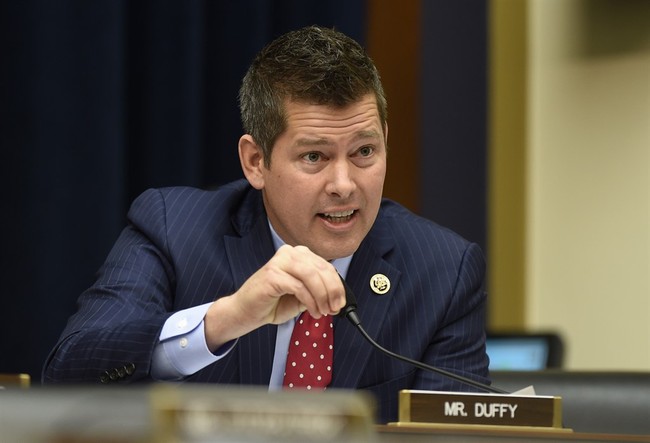Biden's $100 Billion Aid Request: A Closer Look
Explore the details of President Biden's massive $98.6 billion emergency disaster aid request following Hurricanes Helene and Milton. How will this funding assist affected communities?
Published November 19, 2024 - 00:11am

Image recovered from arcamax.com
President Joe Biden has recently put forth a substantial request to Congress, seeking an emergency disaster relief package totaling $98.6 billion. This extensive funding effort, spearheaded by the Biden administration, addresses the dire needs that have emerged following the devastating impacts of Hurricanes Helene and Milton. Biden's proposal covers an array of urgent needs that have arisen from a series of natural disasters, underscoring the importance of federal support in times of crisis.
The centerpiece of this substantial request is the allocation of approximately $40 billion to the Federal Emergency Management Agency's (FEMA) disaster relief fund. This fund, which has already seen heavy depletion due to recent disasters, is crucial for immediate response actions and sustenance of ongoing recovery efforts. FEMA Administrator Deanne Criswell emphasized the pressing need for these funds to continue the agency's mission to support affected communities in recuperating from disasters that have torn through various regions across the nation.
Alongside the essential replenishment of FEMA's resources, the proposed package includes $21 billion earmarked for the Department of Agriculture. This portion of the request aims to compensate farmers and ranchers for significant crop and livestock losses. Furthermore, a $12 billion allocation is targeted towards the Housing and Urban Development Department (HUD) to fund community development block grants, essential for helping rebuild and stabilize communities impacted by these calamities.
Infrastructure support also sees a considerable emphasis, with $8 billion designated for the Department of Transportation. This funding is crucial for the repair and reconstruction of roads, bridges, and other critical infrastructure that have suffered from the storms and other catastrophic events. The administration is advocating for Congress to waive certain matching fund requirements, proposing that the federal government cover the total cost of these necessary repairs.
The proposal also includes significant investments in other areas, such as $4.1 billion for the Environmental Protection Agency (EPA) to upgrade water systems and prevent future environmental threats arising from extreme weather events. Additionally, the Health and Human Services Department would receive $2.7 billion to ensure the accessibility of healthcare services in disaster-stricken areas, further highlighting the comprehensive scope of the funding request.
Beyond the immediate response to natural disasters, the Biden administration's proposal involves future preparedness measures and recovery assistance for various sectors. This includes $2.3 billion for the Department of Commerce, focusing not only on economic development but also on advancing weather prediction capabilities with updated technology. The push for enhanced readiness demonstrates a forward-thinking approach to disaster management and resilience building.
The legislative fate of this funding initiative now lies in the hands of Congress. Lawmakers are tasked with evaluating the package and determining the allocation of resources as the December 20 deadline for government funding looms. Speaker Mike Johnson and other key congressional leaders must navigate the political landscape to secure the necessary support from both Republicans and Democrats.
Biden's appeal for swift legislative action is supported by members across the political spectrum, highlighting the bipartisan recognition of the critical nature of this funding. As the December deadline approaches, the urgency for Congress to act grows more pressing, with the hope that this substantial package can address immediate needs and lay the groundwork for long-term recovery and resilience.







